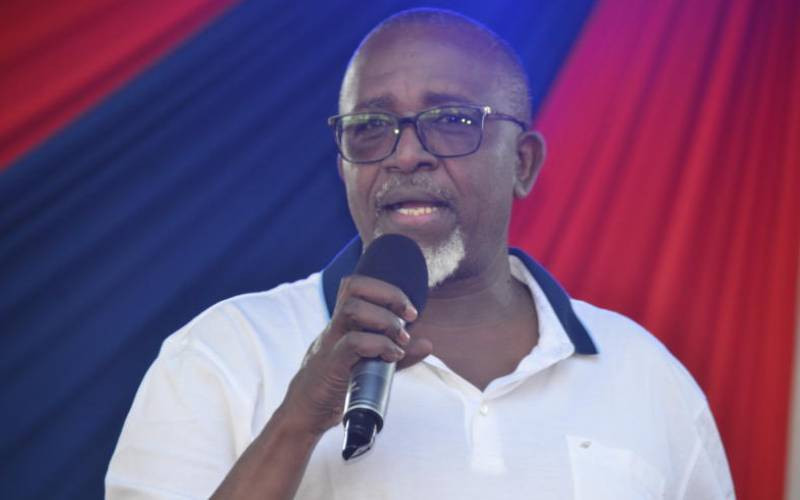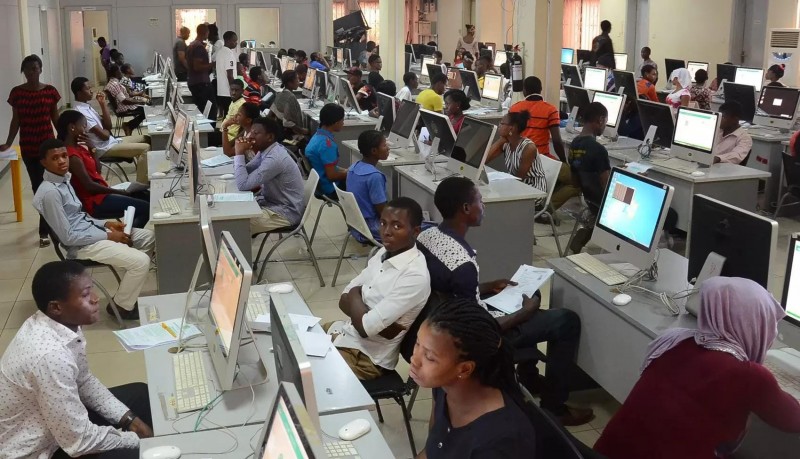
The India Meteorological Department (IMD) has said that the southwest monsoon has now reached all of Ladakh, most of Himachal Pradesh and Jammu and Kashmir, and parts of Punjab. It is expected to move further into Delhi, Haryana, Chandigarh, Rajasthan, and other regions over the next two days.If the rain system reaches Delhi by June 24 as expected, it will be the city’s earliest monsoon since 2013, when it arrived on June 16. In recent years, Delhi saw the monsoon arrive on:
IMD has predicted heavy to very heavy rainfall over northwest India, Madhya Pradesh, Gujarat, Konkan, and Goa till June 26. Extremely heavy rain is expected in Madhya Pradesh on June 23 and 24.In the Northeast, heavy showers will continue for the next three days and become lighter in the four days after that.The monsoon reached Kerala on May 24, the earliest since 2009. By May 29, it had already reached Mumbai and the entire Northeast. However, from May 29 to June 16, there was little progress due to a pause in rain activity, which led to heatwave conditions across parts of north and central India. The rains picked up pace again from June 16, helped by two low-pressure systems, one over West Bengal and another over Gujarat.
The rains picked up pace again from June 16, helped by two low-pressure systems, one over West Bengal and another over Gujarat.
Experts say an early or late start of the monsoon doesn’t guarantee how much rain a region will receive. Monsoon behaviour depends on many factors and often varies across the country.
According to the IMD, India is expected to get 106% of its long-term average rainfall this year. This means most regions will receive above-normal rain, though parts of Ladakh, Himachal, the Northeast, Bihar, Jharkhand, West Bengal, and Odisha may see less than normal rainfall.
Some areas in Punjab, Haryana, Kerala, and Tamil Nadu might also receive below-average rain.The monsoon is critical for India’s agriculture, which supports 42% of the population and contributes over 18% to the economy. It also helps refill reservoirs used for drinking water, irrigation, and electricity generation.
IMD has predicted heavy to very heavy rainfall over northwest India, Madhya Pradesh, Gujarat, Konkan, and Goa till June 26. Extremely heavy rain is expected in Madhya Pradesh on June 23 and 24.In the Northeast, heavy showers will continue for the next three days and become lighter in the four days after that.The monsoon reached Kerala on May 24, the earliest since 2009. By May 29, it had already reached Mumbai and the entire Northeast. However, from May 29 to June 16, there was little progress due to a pause in rain activity, which led to heatwave conditions across parts of north and central India.

Experts say an early or late start of the monsoon doesn’t guarantee how much rain a region will receive. Monsoon behaviour depends on many factors and often varies across the country.
According to the IMD, India is expected to get 106% of its long-term average rainfall this year. This means most regions will receive above-normal rain, though parts of Ladakh, Himachal, the Northeast, Bihar, Jharkhand, West Bengal, and Odisha may see less than normal rainfall.
Some areas in Punjab, Haryana, Kerala, and Tamil Nadu might also receive below-average rain.The monsoon is critical for India’s agriculture, which supports 42% of the population and contributes over 18% to the economy. It also helps refill reservoirs used for drinking water, irrigation, and electricity generation.
Inputs from PTI













